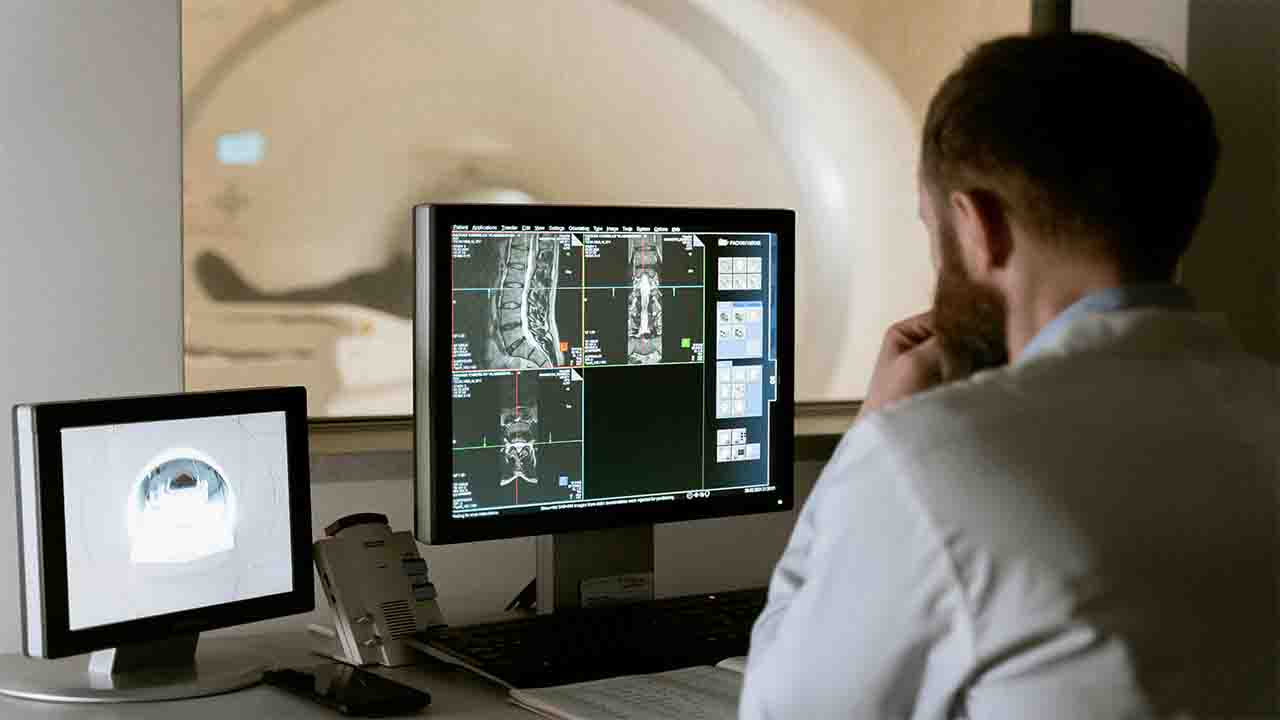Science & Technology, (Commonwealth Union) – Dual-energy X-ray absorptiometry, commonly known as DEXA or DXA, is a non-invasive and widely used diagnostic tool to measure bone mineral density (BMD) and assess the risk of osteoporosis and fracture risk. This technique has revolutionized the field of bone health assessment and has become an essential tool in the management of osteoporosis. The potential of DEXA, its applications, and its significance in the field of bone health are all factors of interest for researchers.
The Science behind DEXA
DEXA is based on the principle of X-ray attenuation, which is the decrease in the intensity of an X-ray beam as it passes through a material. In DEXA, a dual-energy X-ray beam is used to scan the bone, and the attenuation of the X-ray beam at two different energy levels is measured. This information is then used to calculate the bone mineral density of the scanned region. DEXA scanners have two X-ray tubes, each emitting X-rays at different energy levels. One tube emits a low-energy X-ray beam, while the other emits a high-energy X-ray beam. As the beams pass through the body, they are attenuated by the tissues and bones. The attenuation of the low-energy beam is primarily due to the soft tissues, while the attenuation of the high-energy beam is predominantly due to the bones. By comparing the attenuation of the two beams, the DEXA scanner can differentiate between the soft tissues and bones, allowing for accurate measurement of the bone mineral density.
Applications of DEXA
DEXA is primarily used for the assessment of bone mineral density in the diagnosis and management of osteoporosis. A low BMD is an indicator of increased fracture risk, and early detection of osteoporosis can help in the prevention of fractures. DEXA scans are also used to monitor the response to osteoporosis treatment and to assess the risk of fracture in patients with conditions such as rheumatoid arthritis, hyperparathyroidism, and chronic kidney disease. In addition to bone health assessment, DEXA can also be used for body composition analysis. By analyzing the attenuation of the X-ray beam at different energy levels, the DEXA scanner can differentiate between fat, lean tissue, and bone. This information can be used for the assessment of body composition in athletes, weight loss programs, and other clinical applications.
DEXA vs. Other Bone Density Measurement Techniques
While DEXA is the most widely used technique for bone density measurement, there are other methods available, including quantitative computed tomography (QCT) and ultrasound. QCT is a more specialized technique that provides 3D images of the bone and can be used for the assessment of bone strength and fracture risk. Ultrasound, on the other hand, is a non-invasive and radiation-free technique that can be used for the assessment of bone density at peripheral sites, such as the heel or wrist. However, DEXA remains the gold standard for bone density measurement due to its accuracy, precision, and widespread availability. Furthermore, DEXA scans are less expensive and have a lower radiation dose compared to QCT.
Interpretation of DEXA Results
The results of a DEXA scan are typically presented as T-scores and Z-scores. The T-score compares the patient’s bone mineral density to that of a healthy young adult, while the Z-score compares the patient’s bone mineral density to that of age- and sex-matched individuals. A T-score of -1.0 or above is considered normal, a T-score between -1.0 and -2.5 indicates osteopenia (low bone mass), and a T-score of -2.5 or below indicates osteoporosis. The Z-score is used to assess the risk of fracture in patients with conditions other than osteoporosis, and a Z-score of -2.0 or below may indicate an increased risk of fracture.
DEXA is a powerful tool in the assessment of bone mineral density and the management of osteoporosis. The accuracy and precision of DEXA scans have made them the gold standard for bone density measurement, and their widespread availability has made them an essential part of clinical practice. By understanding the science behind DEXA and its applications, healthcare professionals can use this technique to improve the diagnosis and management of bone health conditions.
With enhanced technology and greater data analysis the possibilities of DEXA technology in future look promising as current drawback for DEXA technology in comparison to QCT is less detail.








